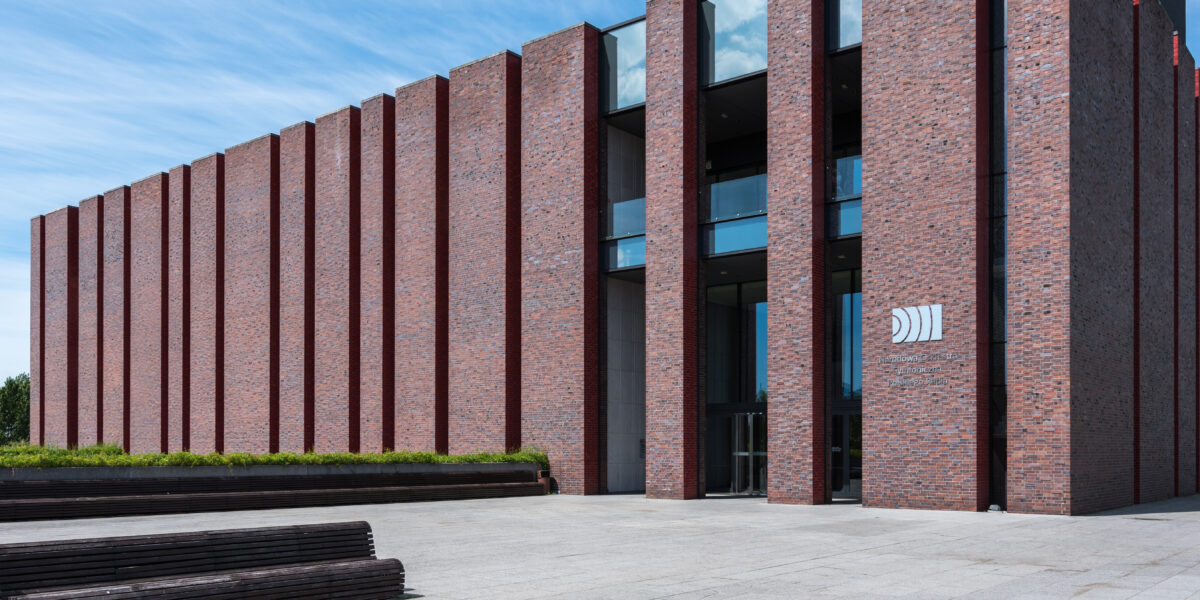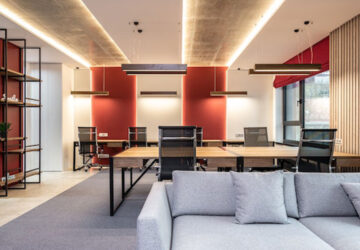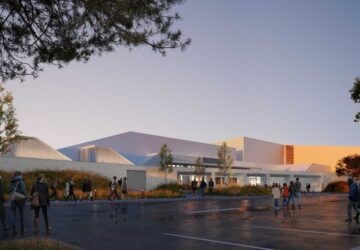
Where should you position your building for better acoustics?
Acoustic building design and orientation
When it comes to acoustic building design, it’s paramount that you work out the best orientation for your building before you build. This applies to all categories including residential and commercial use buildings. Not only can good orientation make efficient use of development sites but it can help mitigate noise and other acoustic issues.
There are two main reasons you should consider acoustic control in buildings at early planning stages: the acoustic and vibration bearing when utilising the building and the impact your activities will have on surrounding neighbours.
Commercial acoustic building design
‘Noise from commercial premises can be a dominant source for nearby residential and other noise-sensitive activities, especially at night. Natural sounds, traffic sounds, and other non-target sounds are also present in the urban environment. Methods for measuring and assessing the impact of specific nuisance sounds within the context of an urban ambient acoustic environments.’
So consideration of where you position your building, whether it’s a group of offices, an entertainment venue, a factory or packing plant or even a retail space, is paramount.
You have a responsibility to the community and surrounding neighbourhood to mitigate noise and fall in line with EPA recommendations or your local council guidelines. These requirements aim to drive best practice outcomes for developments both large and small and can include building siting recommendations. For example, factories and houses should not be positioned near each other where possible. Noise allowances are typically more stringent during the night-time compared to the day.
And when it comes to gym acoustics and other considerations for mixed use sporting facilities, often it’s a case of the earlier the better when seeking acoustic design advice.
‘With sporting facilities, if you’re going to have big games and there’s going to be spectators and refs blowing whistles … all that needs to be considered when it comes to acoustic building design.
It doesn’t just stop at the building. Consider the surrounding infrastructure as well. There’s car parking and if, typically, you’ve got a quiet street and, that sees a significant increase in traffic every Saturday morning or similar then it has the potential to disturb the very community you hope to serve,’ advises Andrew Parker, Associate Director, Resonate Consultants.
But it’s not an impossible feat. Getting the right acoustic advice early on for a workable acoustic building design can lead to good results.
‘Ultimately, incorporating acoustic principles into planning, building services and architectural design can allow you to get that harmony. And it just can be somewhere that people can come and use and enjoy,’ said Parker.
Residential acoustic building design
The building of apartments is one example where developers need not only be concerned with design aesthetics but also acoustics. The owner/developer has an obligation to take certain steps when designing their properties, just as any other noise generating industries would do. An example of building orientation consideration might be facing apartment balconies away from noisy patronaged areas or busy roads.
In addition to orientation, ‘Barriers to control noise emission or to reduce noise received can be effective, but the effects of reflected sound need to be considered within the design and orientation of barriers. Factors such as orientation and materials used in the construction of barriers should be considered. Acoustic consultants can provide detailed guidance to match the specifics of individual sites.’
Being sensitive to your surroundings and how it impacts others is really important. Resonate Consultants can step in, particularly at the earlier stages, and liaise with a team of consultants or specialists to produce an environmental assessment of the site. And provide forward thinking recommendations of not only where to best place your building but any other factors that contribute to acoustics mitigation. Whether it’s your building that will house the noise or the noise is coming from elsewhere.’
Acoustic building design recommendations
Additionally, it’s also important to consider where the building is placed in relation to nearby factors such as:
- airports and flight paths
- high traffic areas
- shopping centres
- construction areas
- factories and industrial zones and
- beaches, lakes and waterways
Furthermore, ‘Distance, and the placement of barriers between the source of the noise and those receiving are mitigating factors but the ability to use these can be limited in mixed-use environments.’ For example, position your building the furthest away on the allotted land from noise, or residential precincts, depending on whether you are trying to mitigate outgoing or incoming noise.
Consider buffer distances between the building and the source of the noise or residential dwellings. However, the use of noise barriers such as solid walls, fences, bunds or other absorbing structures may be a more optimal management method.
It also pays to consider position of facets for good acoustic building design such as doors, opening windows, car parks and loading bays for noise control.
For award winning acoustic building design advice and assessments, please talk to one of our helpful acoustic consultants today.





